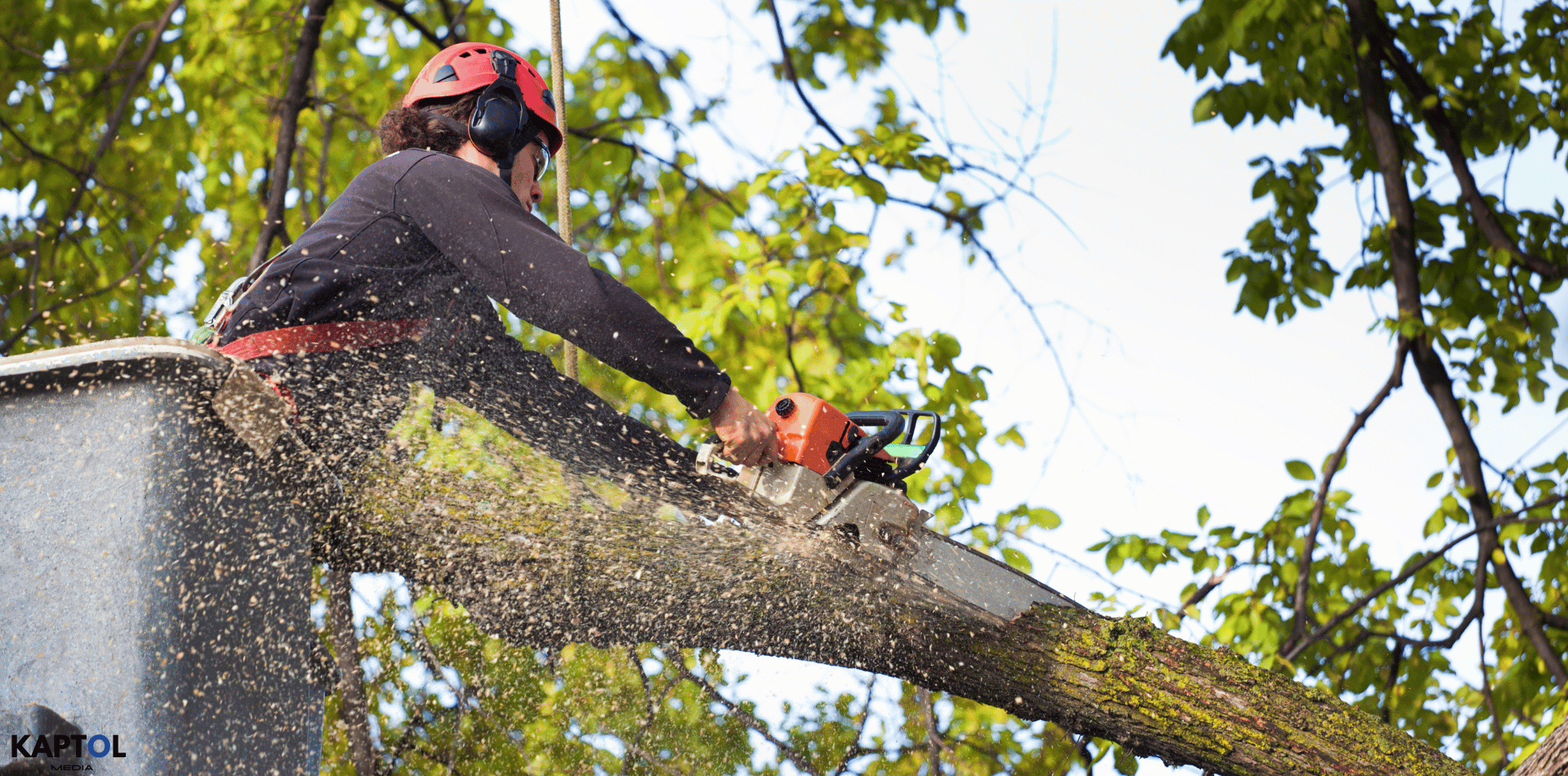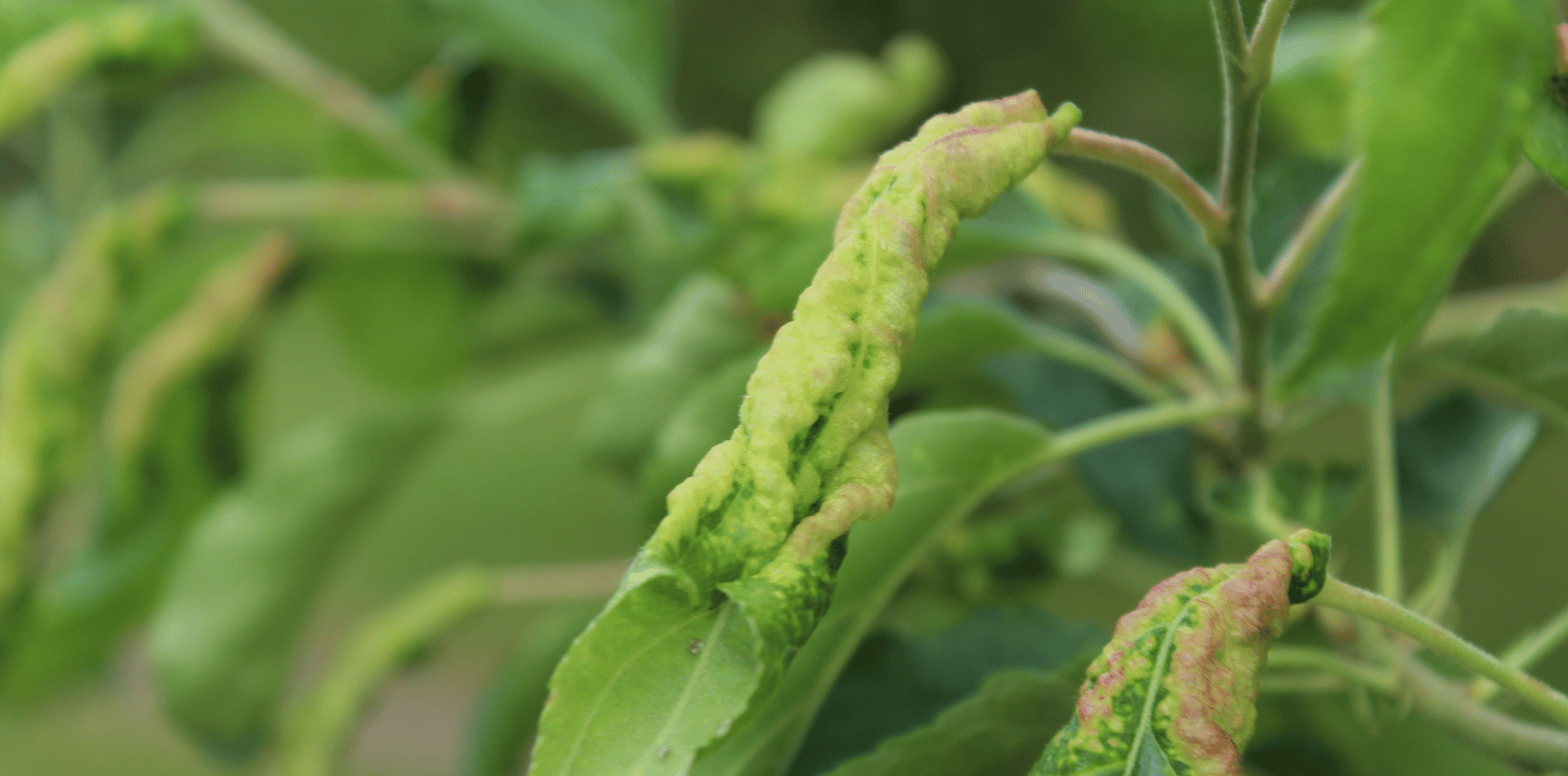Tree Health Assessments
The Importance of Regularly Assessing Tree Health
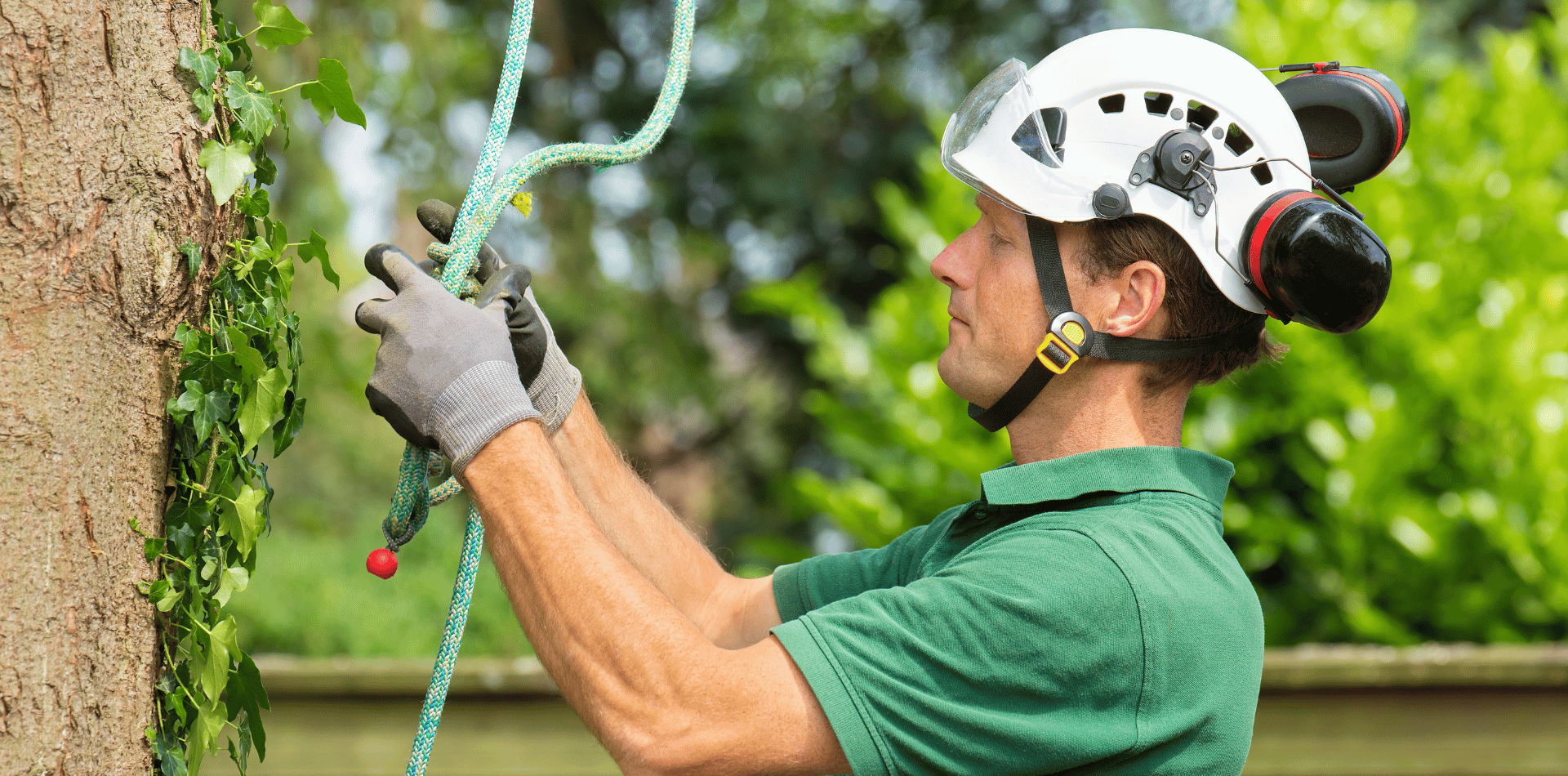
Trees are often described as nature's green guardians, providing numerous benefits to the environment and the well-being of communities.
However, like any living organism, trees are susceptible to diseases, pests, and other health issues that can compromise their vitality and longevity.
Regularly assessing tree health is of utmost importance to ensure their well-being and safeguard the valuable ecological services they provide.
Let's look into the significance of tree health assessments and explore the benefits they offer to both individuals and the environment.
Early Detection and Prevention
One of the primary reasons for regularly assessing tree health is the ability to detect problems early on.
By conducting routine evaluations, arborists and tree care professionals can identify signs of disease, insect infestation, or other issues before they become severe. Early detection allows for timely intervention, enabling proper treatment and preventing further spread of diseases or pest outbreaks.
Moreover, proactive measures such as pruning and appropriate tree care can address minor problems and prevent them from escalating into major threats.
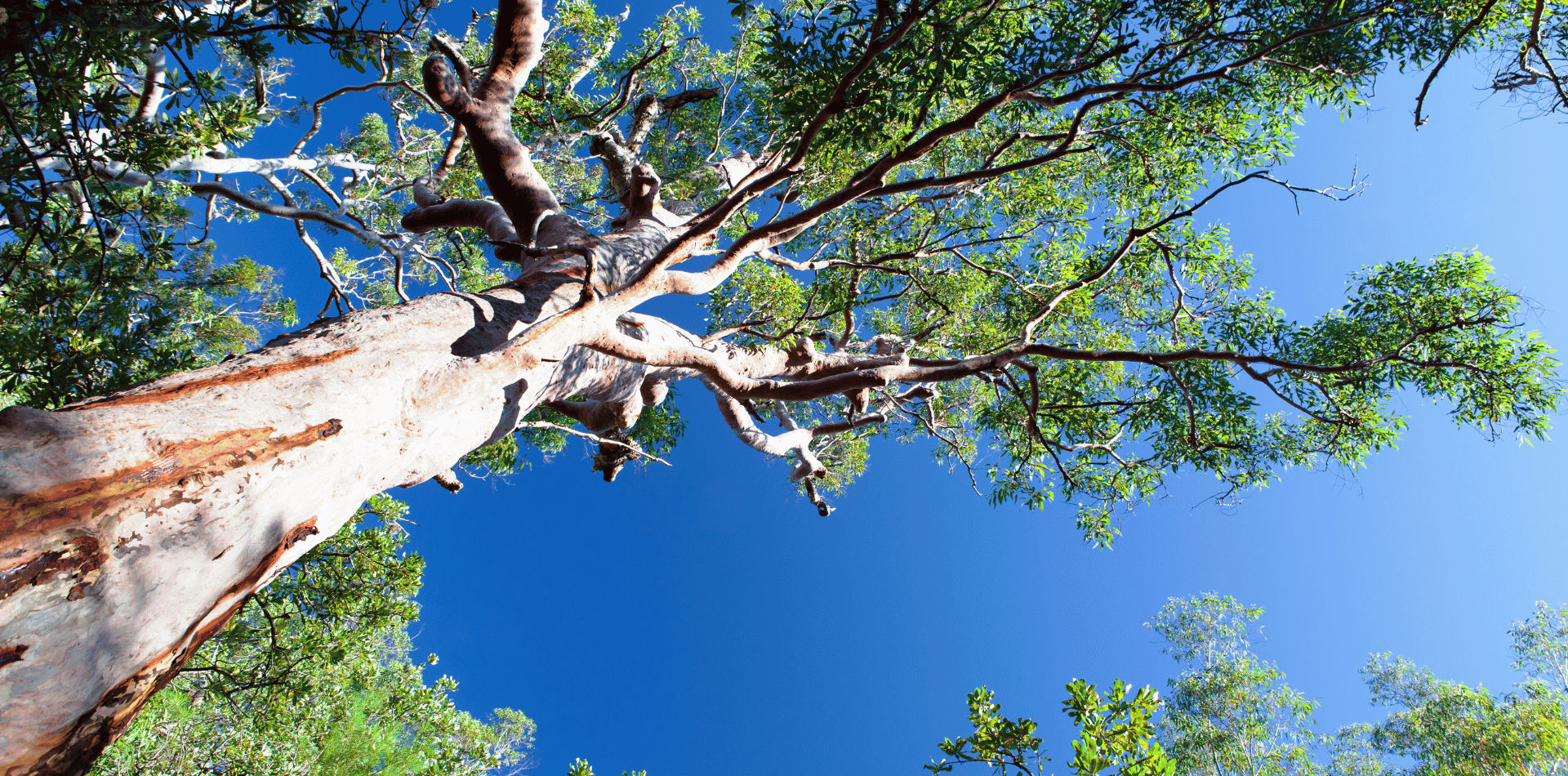
Ensuring Structural Integrity
Trees play a crucial role in the environment and our communities, offering shade, mitigating air pollution, and reducing urban heat islands. However, compromised tree health can pose safety risks, especially when it comes to structural integrity. Regular assessments help identify weak branches, signs of decay, or root issues that could lead to tree failure. By detecting and addressing these issues promptly, the risk of falling branches or entire trees collapsing can be minimized, preventing potential property damage and ensuring public safety.
Promoting Tree Longevity
Trees are long-living organisms that can enrich landscapes for decades, if not centuries.
Regular health assessments contribute significantly to promoting tree longevity. Through careful evaluation, experts can identify factors that may affect the tree's well-being, such as poor soil conditions, nutrient deficiencies, or inadequate pruning practices. By addressing these concerns and implementing appropriate care strategies, trees can thrive, reaching their full potential and providing benefits for generations to come.

Preserving Ecological Balance
Trees are an integral part of the ecosystem, playing a crucial role in maintaining ecological balance. They support biodiversity by providing habitats for various organisms and serving as a vital food source. When tree health deteriorates, it can disrupt this delicate balance. Regular assessments aid in identifying and mitigating diseases or pest infestations that could harm both the tree itself and the surrounding flora and fauna. By preserving the health of trees, we ensure the continued provision of ecological services, such as oxygen production, carbon sequestration, and water regulation.
Economic and Aesthetic Value
Beyond their ecological significance, trees hold economic and aesthetic value for individuals and communities. Healthy, well-maintained trees enhance property aesthetics, increasing curb appeal and property values. Trees also contribute to energy conservation by providing shade and reducing the need for air conditioning. Regular tree health assessments allow property owners to identify and address issues promptly, ensuring their trees continue to provide these benefits and preserve their economic and visual appeal.
Conclusion
Regular tree health assessments are a vital aspect of responsible tree care. By being proactive and identifying potential issues early on, we can safeguard the health and vitality of trees. This approach not only benefits the environment but also ensures public safety, promotes ecological balance, and preserves the economic and aesthetic value of our landscapes. Let us recognise the importance of tree health assessments and join hands in nurturing these green guardians for the benefit of current and future generations.


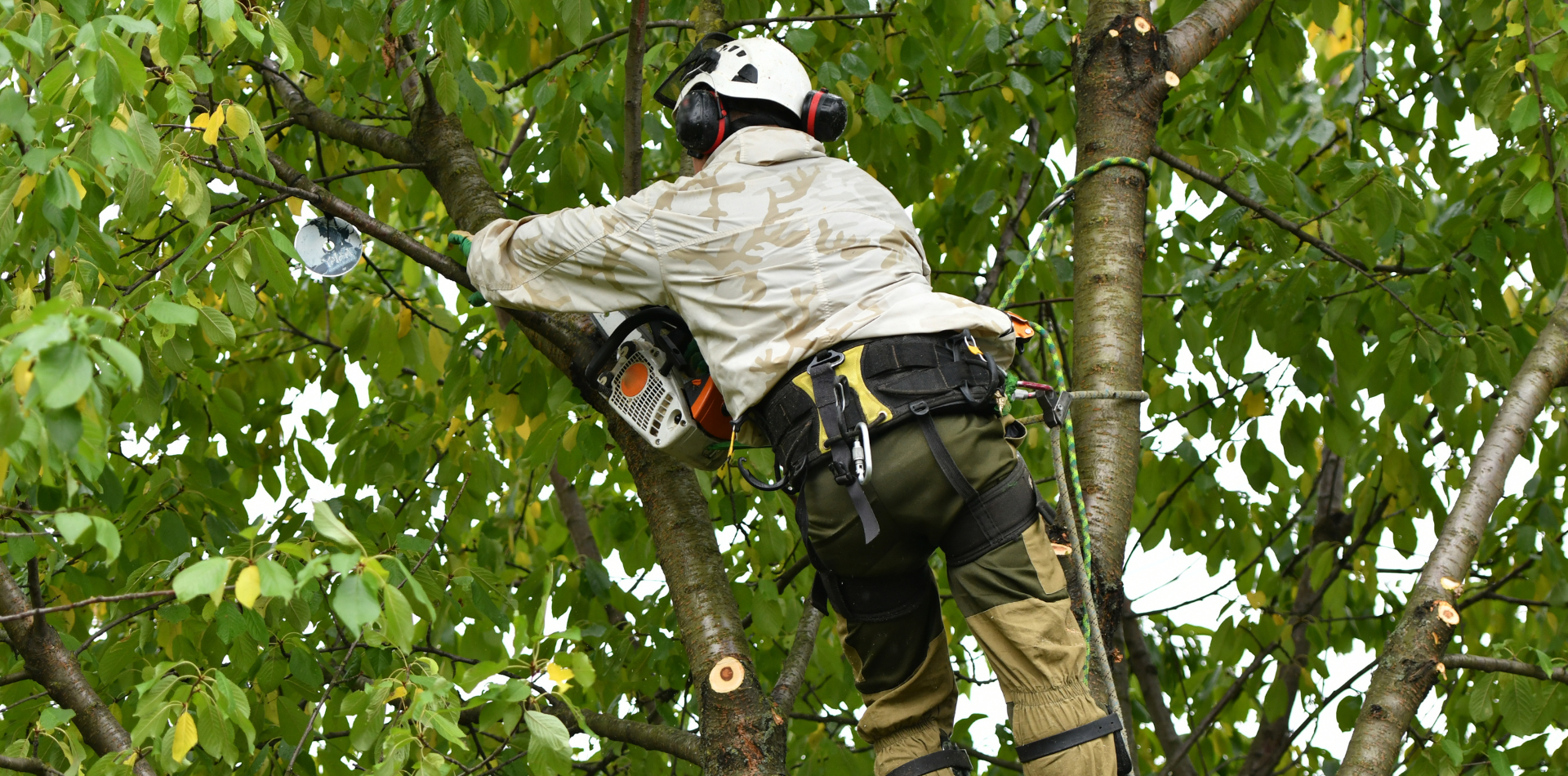
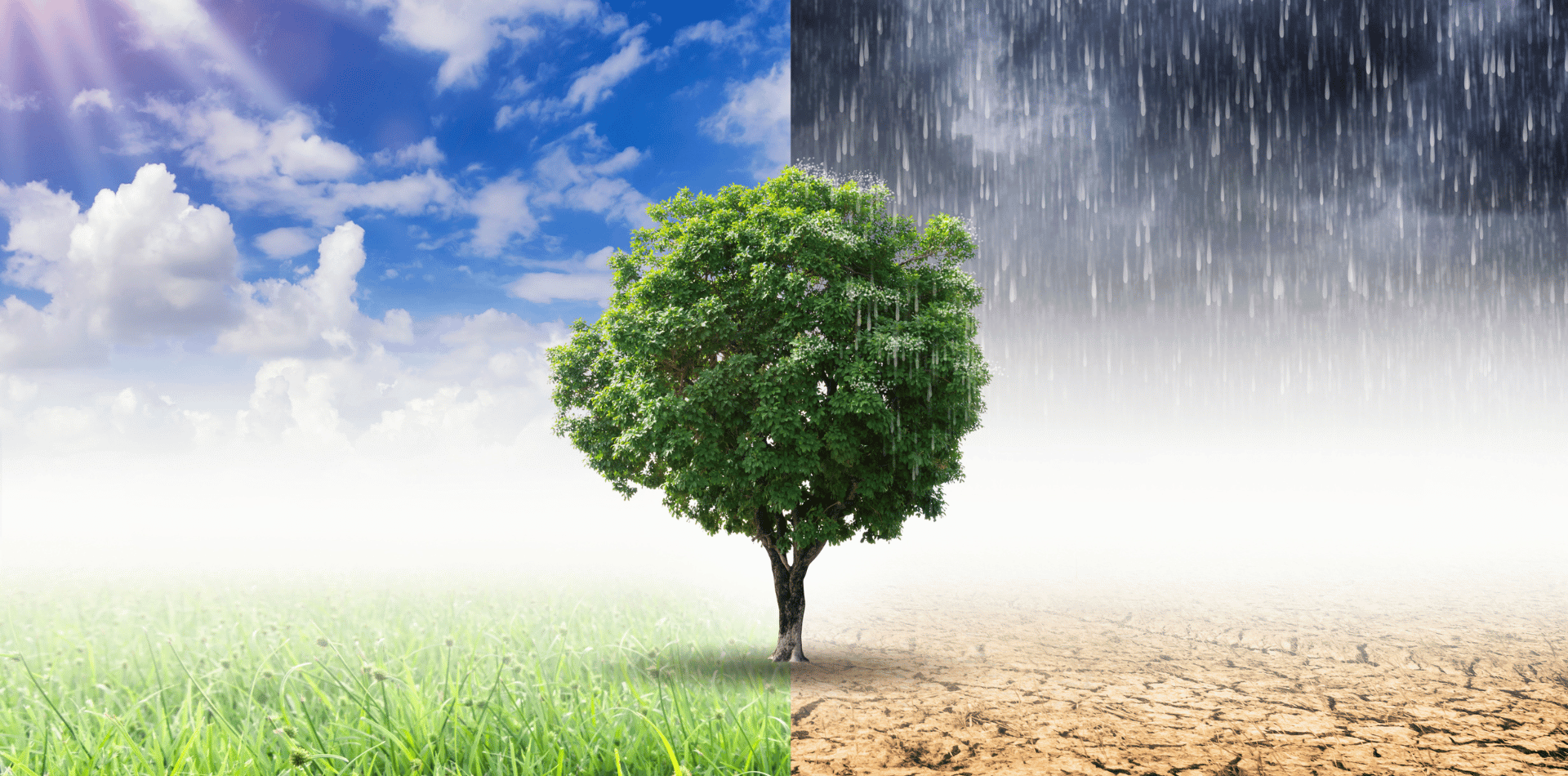
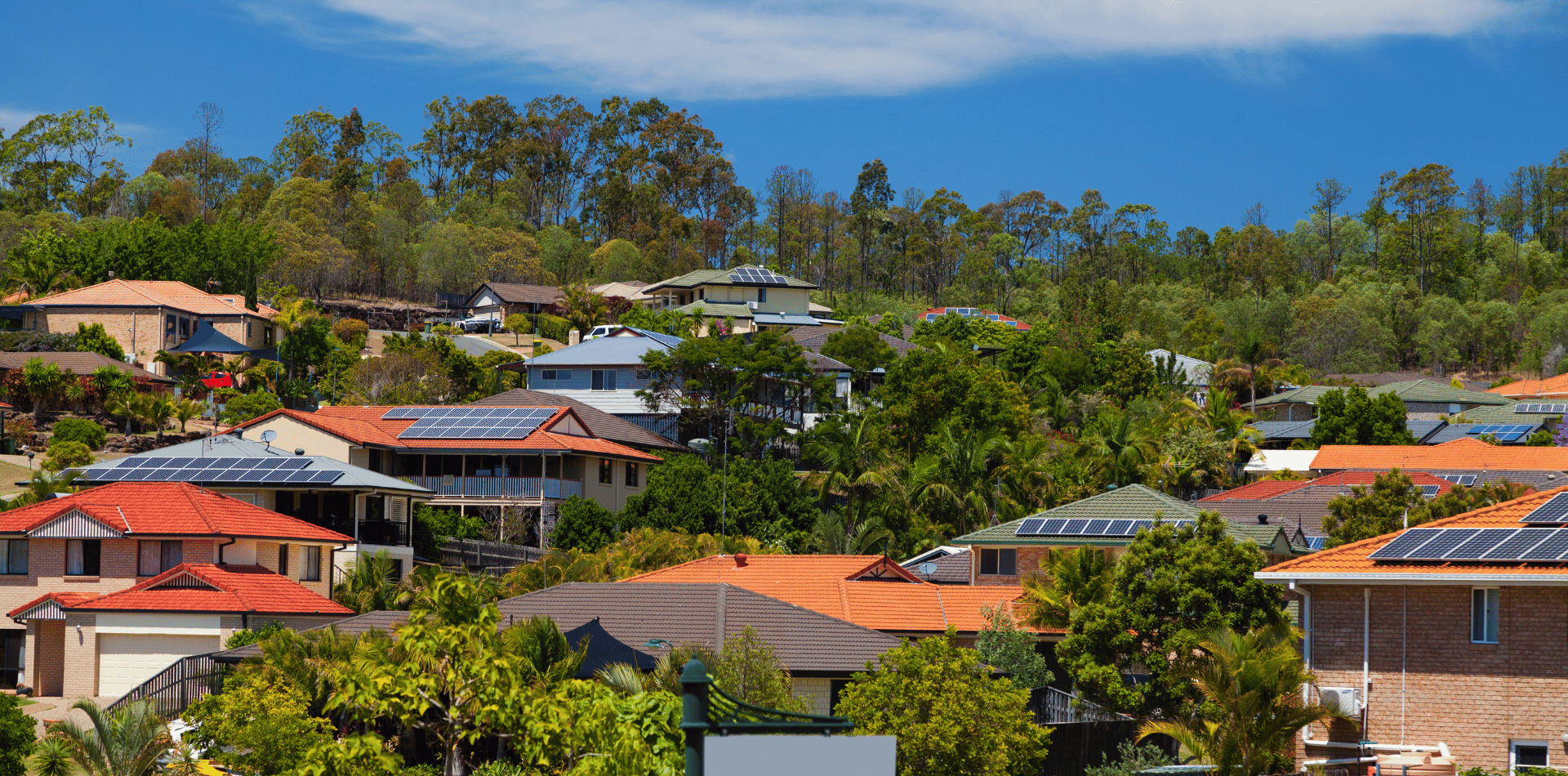
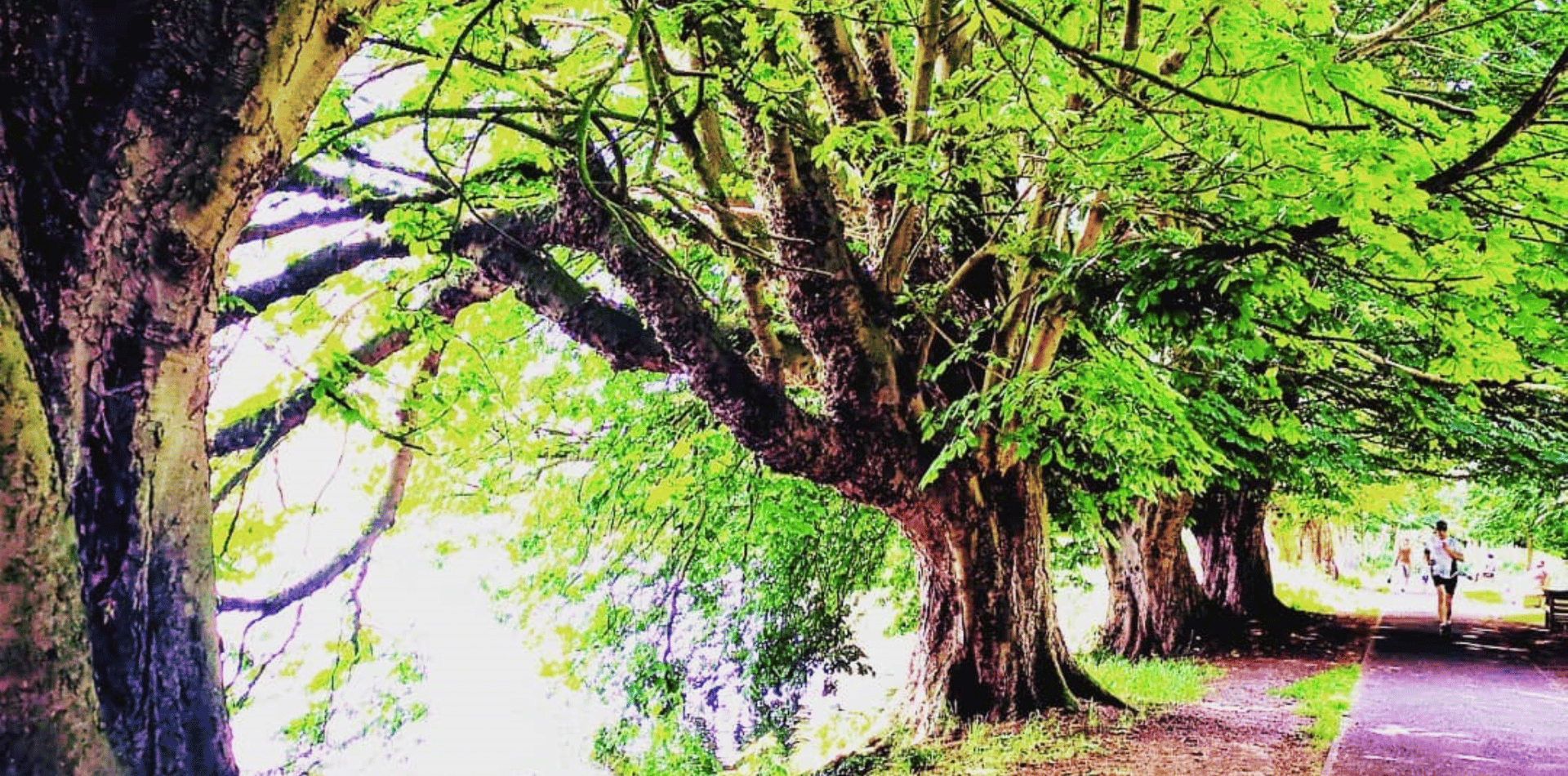
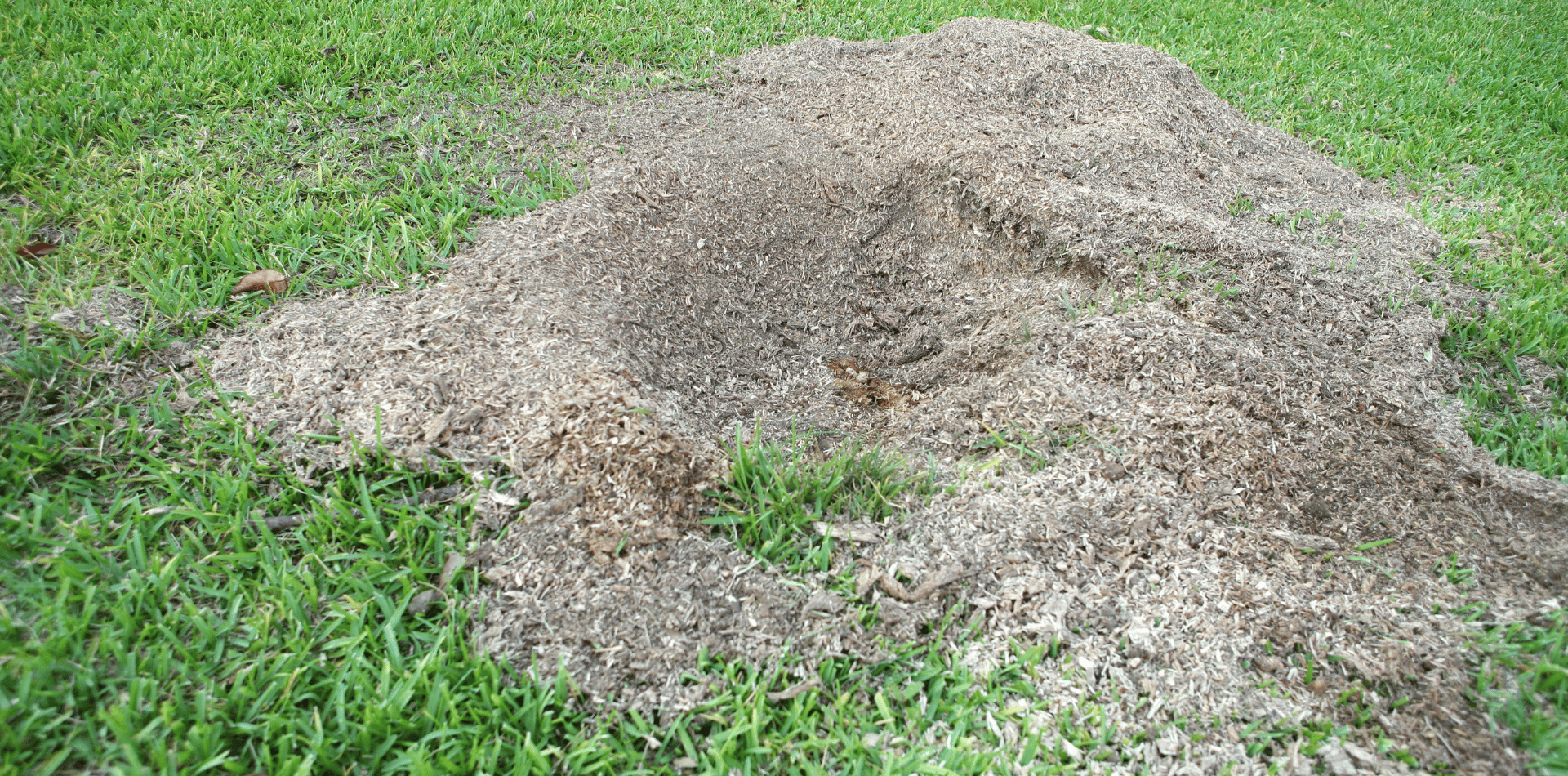

Contact
Kaptol Tree Removal Newcastle
A Member of the Kaptol Group
Powered by Kaptol Media

